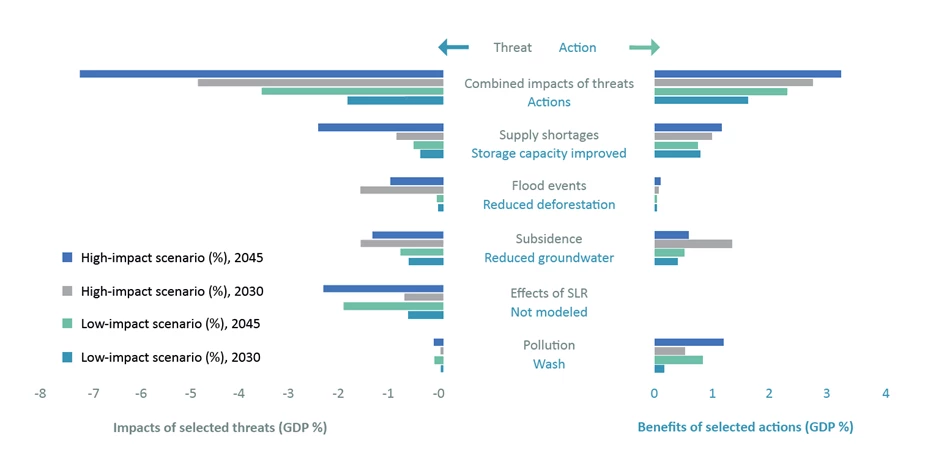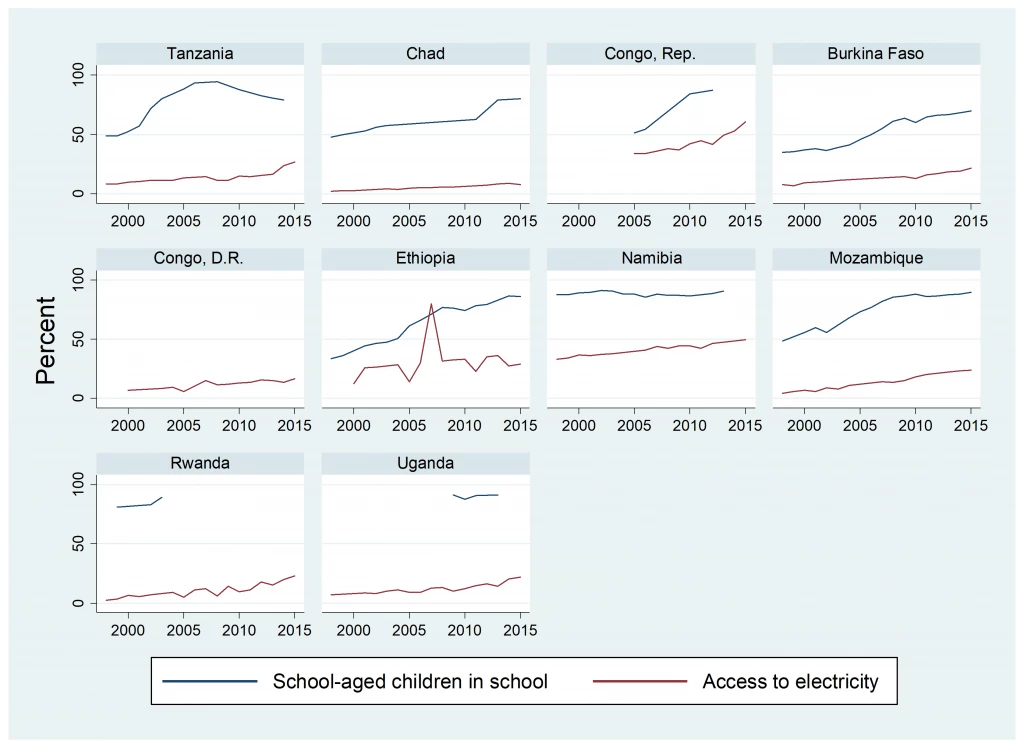I live in a vibrant, mixed-use community called Shuangjing within walking distance to Beijing’s Central Business District (CBD). In the past few years, I have witnessed continuous efforts in urban regeneration to make the community more livable and attractive. One day, I was taking a walk near my apartment and noticed that a piece of under-utilized open space with dilapidated sports facilities had been renovated with refined layout design, interactive recreational devices, and universal access (Figure 1). Impressed by this small project’s positive influence on the daily life of local residents, I reached out to the community planners in charge of this work, who were appointed by the Shuangjing subdistrict office in 2019, and learned the story behind this change.

Photo: the community planners from UrbanXYZ
The Well No. 1: a revitalized urban park
This pocket park named “The Well No.1” is part of a series of interventions to improve the quality and attractiveness of open urban spaces in Shuangjing. Citizen engagement has played a critical role in the micro-regeneration process. Residents of different ages and backgrounds were invited to join design workshops and share their ideas and thoughts on improving the functionality of this space (Figure 2).

In response to residents’ needs and preferences, the community planners focused on improving the accessibility, safety, and inclusiveness of the open space. They replaced the elevated terrain that discouraged entrance with wider steps around the space and a barrier-free slope for physically challenged users. They repaired and polished the pavement and provided clear safety instructions. They also added a variety of new facilities including spun chairs, swings, trampolines, benches, and a reflective metal piece for people who like to take selfies with Beijing’s skyline in the background.
What sets this project even more unique is that it has adopted new technologies to inform the choice of specific interventions. For instance, a multi-agent modeling and estimation tool was used to assess different perspectives, such as the number of people coming to the space, the length of people's stays onsite, the level of people's social interaction, and the space and time utilization of the site. These outputs helped planners make evidence-based decisions on prospective interventions. In addition, real-time data from sensors and cameras installed on the site have been collected to map out the patterns of activities by different groups of people over time. Noise level and air quality data are also collected to monitor the health impacts on vulnerable people, such as children and the elderly.
This micro-regeneration project has delivered very positive results. The number of people using the open space is 50% higher than before. The vitality of the space from noon to evening is significantly greater due to a large portion (20%) of exercise activity by senior citizens after dinner and a significant portion (37%) of recreational family activity. Another change is that the time spent per person in the space is longer than before, with a considerable increase in social interactions both in terms of people and time (Figure 3 & 4). It has become a popular site for outdoor recreational and social activities and even attracted people from other communities.

(Data source: research team at UrbanXYZ)

(Data source: research team at UrbanXYZ)
The Well No.2: an automated recycling club
From my conversation with the community planners, I also learned about another regeneration pilot project, “The Well No.2,” which has turned an abandoned convenience store into a highly automated solid waste recycling club.

(Photo: the community planners from UrbanXYZ)
This 24-hour automated Recycling Club is a private startup that provides timely waste pick-up thanks to sensors that monitor storage status. The company developed a mobile app to track the volume of recyclable materials dropped off by different users and provide cash reward accordingly. The walls of the entrance space are decorated by art pieces made out of recycled materials.

(Photo: the community planners from UrbanXYZ)
The Recycling Club has encouraged local actions on solid waste reduction and management. Within only one and a half months of operation, it has already served a total of 78 residents for 210 times and collected around 1.7 tons of recyclable waste, giving residents a total cash reward of 1,082 RMB (US$167). Residents in surrounding communities would like to see similar spaces in their own neighborhoods.
As these two small pilot projects show, technology is bringing new opportunities to community-level urban regeneration. It enables planners to carry out urban analytics with greater granularity, higher cost-effectiveness, and a possibility to identify the changing patterns over a short period of time. Technology also offers options to shorten the feedback cycle of urban planning by better engaging communities and gathering initial lessons learned. Read our case study (Link to the full report) to learn more about these two pilot projects.
(Jianhao Zhou has also contributed to this blog)


Join the Conversation